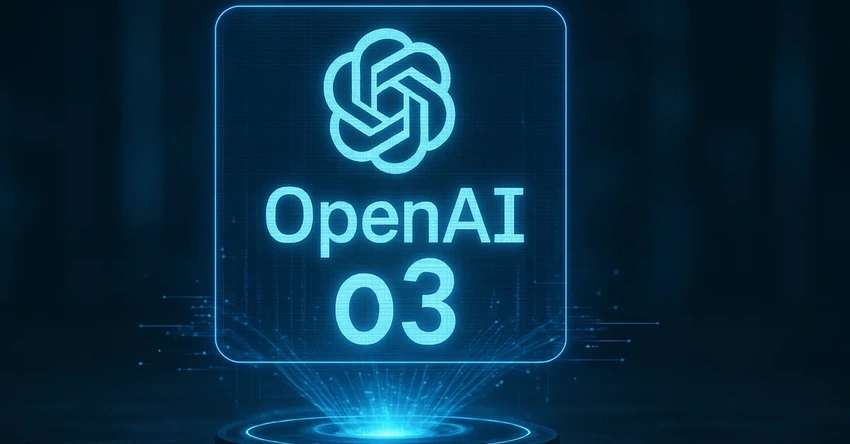In a bold announcement that has sent ripples through the tech community, Microsoft unveiled its Majorana 1 quantum chip—a device it claims marks a transformative leap toward practical quantum computing. Yet, amid the fanfare, some industry experts question whether this breakthrough is a genuine quantum leap or simply a well-packaged marketing pitch. Comparisons with Google’s own quantum chip developments, notably its “Willow” processor, further complicate the picture, leaving both tech enthusiasts and skeptics wondering: Is quantum computing still a cloud-bound concept with no real-world application, or are we on the brink of a computing revolution?

Microsoft’s Majorana 1 is touted as the world’s first quantum processor built on a novel Topological Core architecture. This design leverages exotic particles—Majorana fermions—that promise to create qubits with exceptional stability and resistance to errors. According to Business Insider, CEO Satya Nadella described the breakthrough as a “new state of matter” that could eventually scale up to one million qubits on a chip small enough to fit in the palm of your hand. In theory, this scalability is critical for quantum computers to solve problems that remain intractable for even the world’s most advanced classical supercomputers.
However, skepticism persists. Critics note that while the Majorana 1 chip shows impressive potential in its method for reading qubit states via microwaves, independent verification of sustained coherent quantum operations is still awaited. Wired recently highlighted that many of Microsoft’s claims rest on preliminary data, urging a cautious interpretation of what might eventually become a commercially viable quantum computer.
Meanwhile, Google’s quantum endeavors, notably its “Willow” chip, have also captured headlines. The Verge reported that Google’s chip, which utilizes superconducting qubits, achieved benchmark calculations at speeds that dwarf conventional computers. Yet, the fundamental difference in approach—Google’s reliance on superconducting qubits versus Microsoft’s pursuit of topological qubits—presents a direct comparison. TechRadar’s analysis suggests that while Google’s method has demonstrated measurable quantum operations, Microsoft’s approach could ultimately require fewer physical qubits due to inherently lower error rates, making it a potentially more scalable solution.

So, how can the average person make sense of these quantum developments? At its core, quantum computing exploits the principles of quantum mechanics—where bits (or “qubits”) can exist in multiple states simultaneously, unlike the binary bits in classical computers. This superposition could, in principle, enable quantum computers to process vast amounts of information at unprecedented speeds. However, the technology is still in a nascent stage. For the common man, the promise of quantum computing might seem as distant as flying cars, with its real-world applications in drug discovery, cryptography, and complex optimization problems still largely confined to research labs.
For gadget geeks like Noah Scott in Auckland, the allure of quantum breakthroughs is undeniable. The idea of a chip that could eventually render current computing limitations obsolete is thrilling. Yet, even among enthusiasts, opinions are divided. Some see Microsoft’s Majorana 1 as the first step on a clear path to commercial quantum computers that could revolutionize industries ranging from environmental modeling to artificial intelligence. Others caution that the journey from laboratory proof-of-concept to a fully operational, fault-tolerant quantum machine remains steep, with many technical challenges—such as maintaining qubit coherence at scale—yet to be solved.

The potential repercussions of these developments are profound. Should Microsoft’s approach prove viable, it could not only shift the competitive landscape among tech giants but also precipitate a rethinking of cybersecurity, as powerful quantum computers could eventually break current encryption methods. Similarly, if Google’s superconducting qubits continue to deliver on their promise, we may see rapid advances in fields like materials science and optimization that benefit everyday consumers through smarter, more efficient technology.
While Microsoft’s Majorana 1 chip represents an exciting development and a bold claim in the quantum race, the verdict on whether it is a genuine leap forward or a case of marketing hype remains unsettled. Both Microsoft and Google are pushing the envelope in different ways, and for now, quantum computing remains a blend of tantalizing potential and significant technical uncertainty. The coming years will determine if these quantum innovations can truly transition from the lab to practical, everyday applications.
#QuantumComputing #TechNews #Microsoft #Google #QuantumChip #BreakingNews #QuantumLeap












No comments yet.